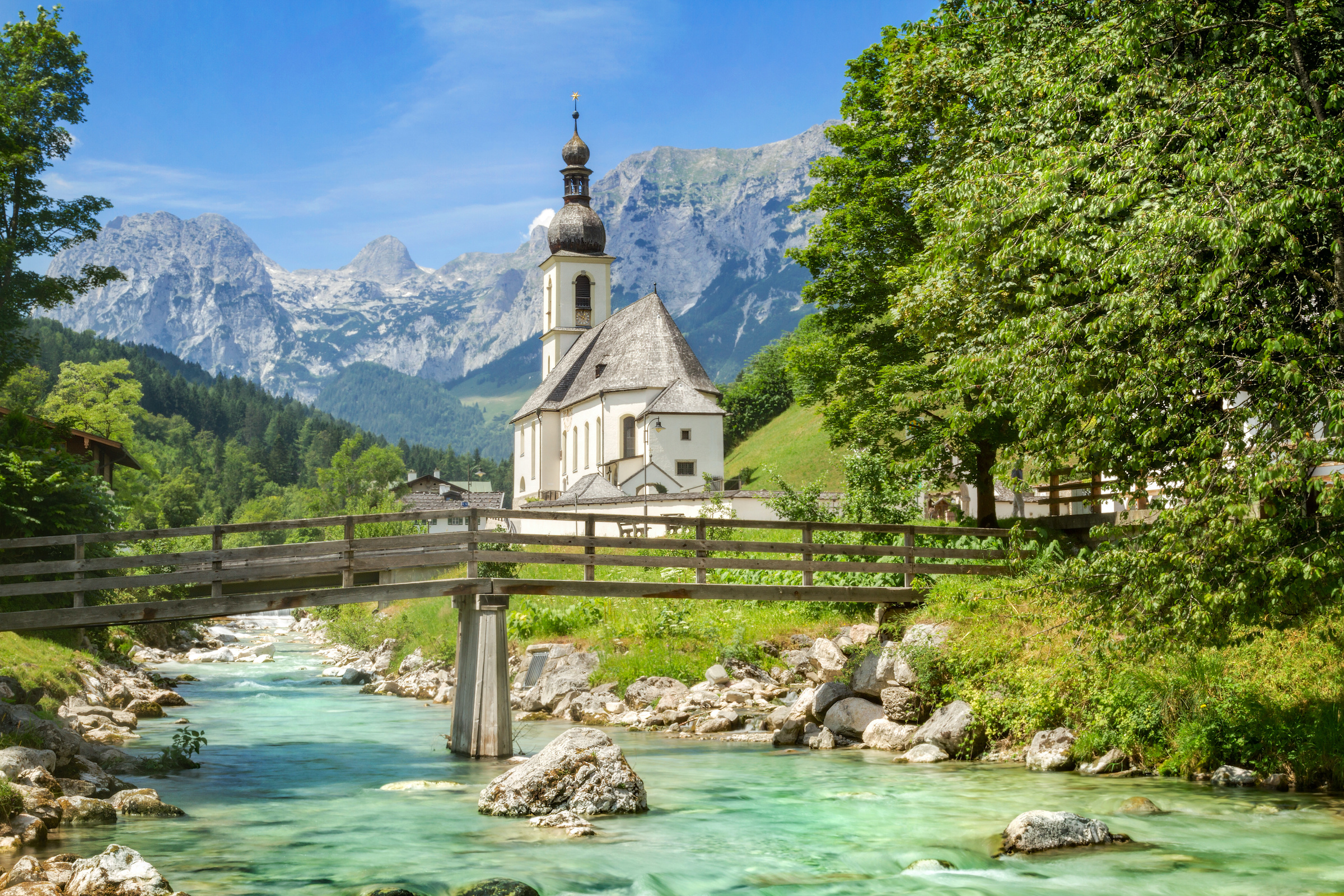Painters found their inspiration in Bavaria, as did writers, and to this day the state in Germany's southeast is a place where culture and creativity are just as much at home as handed-down traditions and old values. As a visitor you have the choice between mighty mountains or gentle hills, between beautiful lakes and vast forests. Bavaria knows how to impress with its landscapes as well as with its lively cities, which often enough nestle romantically on the banks of a picturesque body of water. After all, there was once a regent in Bavaria who was called a fairy-tale king and so you can still make one or the other fairy-tale discovery here today.
Popular destinations in Bavaria
We show you the most beautiful cities in Bavaria.
